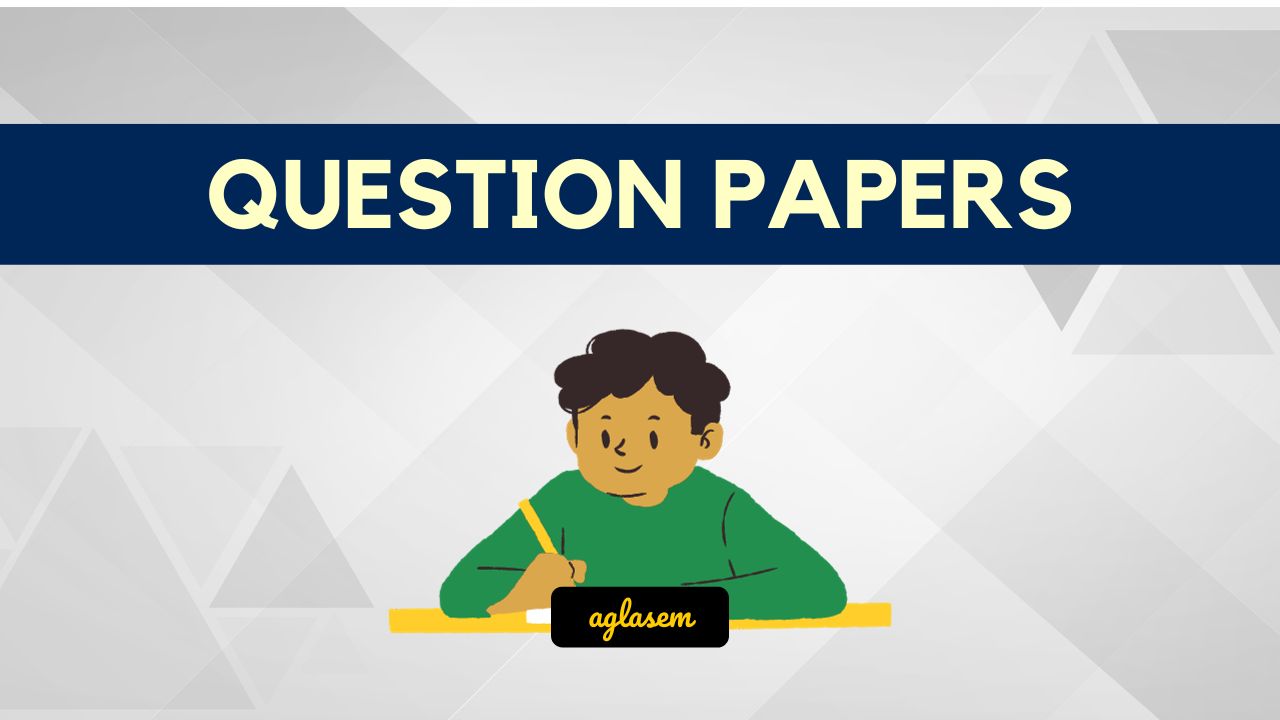NCERT Solutions for Class 12 Geography Chapter 2 The World Population Distribution, Density and Growth has been published by Aglasem. You can now download the Class 12 Geography Ch 2 Questions and Answers PDF here. This NCERT Solutions for Class 12 Geography contains answers of all questions asked in Chapter 2 in textbook, Fundamentals of Human Geography. Therefore you can refer it to solve The World Population Distribution, Density and Growth exercise questions and learn more about the topic.
NCERT Solutions for Class 12 Geography Chapter 2 The World Population Distribution, Density and Growth
Class – Class 12
Subject – Geography
Chapter – Ch 2
Chapter Name – The World Population Distribution, Density and Growth
Book – Fundamentals of Human Geography
Study Material – NCERT Solutions
NCERT Solutions for Class 12 Geography Chapter 2 PDF
While you can read NCERT Solutions for Class 12 Geography Ch 2 for all exercises here on aglasem. You can also download this NCERT Solutions PDF to refer ncer question answer at anytime when you study The World Population Distribution, Density and Growth. Here it is.
NCERT Solutions for Class 12 Geography Chapter 2 PDF Download Link – Click Here to Download Solutions PDF
How to download NCERT Solutions for Class 12 Geography Chapter 2 PDF?
You can download the complete NCERT solutions for chapter 2 of this NCERT Book i.e. Fundamentals of Human Geography with following steps.
- First search NCERT Solutions for Class 12 Geography Ch 2 PDF aglasem and come to this page.
- Now you will see the exercise questions answers of The World Population Distribution, Density and Growth and download pdf link on it.
- Click the Download PDF link to obtain the The World Population Distribution, Density and Growth questions with answers document.
NCERT Solutions for Class 12 Geography
There are more chapters to study besides The World Population Distribution, Density and Growth in this subject. So here are NCERT solutions for all topics of Geography taught in 12th class here at aglasem.
Fundamentals of Human Geography
- Chapter 1 Human Geography Nature and Scope
- Chapter 2 The World Population Distribution, Density and Growth
- Chapter 3 Human Development
- Chapter 4 Primary Activities
- Chapter 5 Secondary Activities
- Chapter 6 Tertiary and Quaternary Activities
- Chapter 7 Transport and Communication
- Chapter 8 International Trade
Practical Work in Geography Part 2
- Chapter 1 Data – Its Source and Compilation
- Chapter 2 Data Processing
- Chapter 3 Graphical Representation of Data
- Chapter 4 Use of Computer in Data Processing and Mapping
- Chapter 5 Field Surveys
- Chapter 6 Spatial Information Technology
India People and Economy
- Chapter 1 Population : Distribution, Density, Growth and Composition
- Chapter 2 Human Settlements
- Chapter 3 Land Resources and Agriculture
- Chapter 4 Water Resources
- Chapter 5 Mineral and Energy Resources
- Chapter 6 Planning and Sustainable Development in Indian Context
- Chapter 7 Transport and Communication
- Chapter 8 International Trade
- Chapter 9 Geographical Perspective on Selected Issues and Problems
NCERT Solutions for Class 12
Just like you got Geography Ch 2 solutions here. You can see exercise questions answers of other subjects and their topics too on aglasem. Here are NCERT solutions for all subjects of 12th standard NCERT books.
- NCERT Solutions for Class 12 Accountancy
- NCERT Solutions for Class 12 Biology
- NCERT Solutions for Class 12 Business Studies
- NCERT Solutions for Class 12 Chemistry
- NCERT Solutions for Class 12 Economics
- NCERT Solutions for Class 12 English
- NCERT Solutions for Class 12 Geography
- NCERT Solutions for Class 12 Hindi
- NCERT Solutions for Class 12 History
- NCERT Solutions for Class 12 Maths
- NCERT Solutions for Class 12 Physics
- NCERT Solutions for Class 12 Political Science
- NCERT Solutions for Class 12 Psychology
- NCERT Solutions for Class 12 Sociology
NCERT Solutions for Class 12 Geography Chapter 2 – An Overview
The key highlights of this study material are as follows.
| Aspects | Details |
|---|---|
| Class | Class 12 |
| Subject | Geography |
| Chapter Number | Ch 2 |
| Chapter Name | The World Population Distribution, Density and Growth |
| Book Name | Fundamentals of Human Geography |
| Book By | NCERT (National Council of Educational Research and Training) |
| Educational Resource Here | NCERT Solutions of Class 12 Geography Ch 2 for All Exercise |
| More Questions Answers of This Subject | NCERT Solutions for Class 12 Geography |
| Download Book Chapter PDF | NCERT Book Class 12 Geography Chapter 2 |
| All Questions Answers For This Class | NCERT Solutions for Class 12 |
| Complete Solutions | NCERT Solutions |
If you have any queries on NCERT Solutions for Class 12 Geography Chapter 2 The World Population Distribution, Density and Growth, then please ask in comments below.
To get study material, exam alerts and news, join our Whatsapp Channel.







